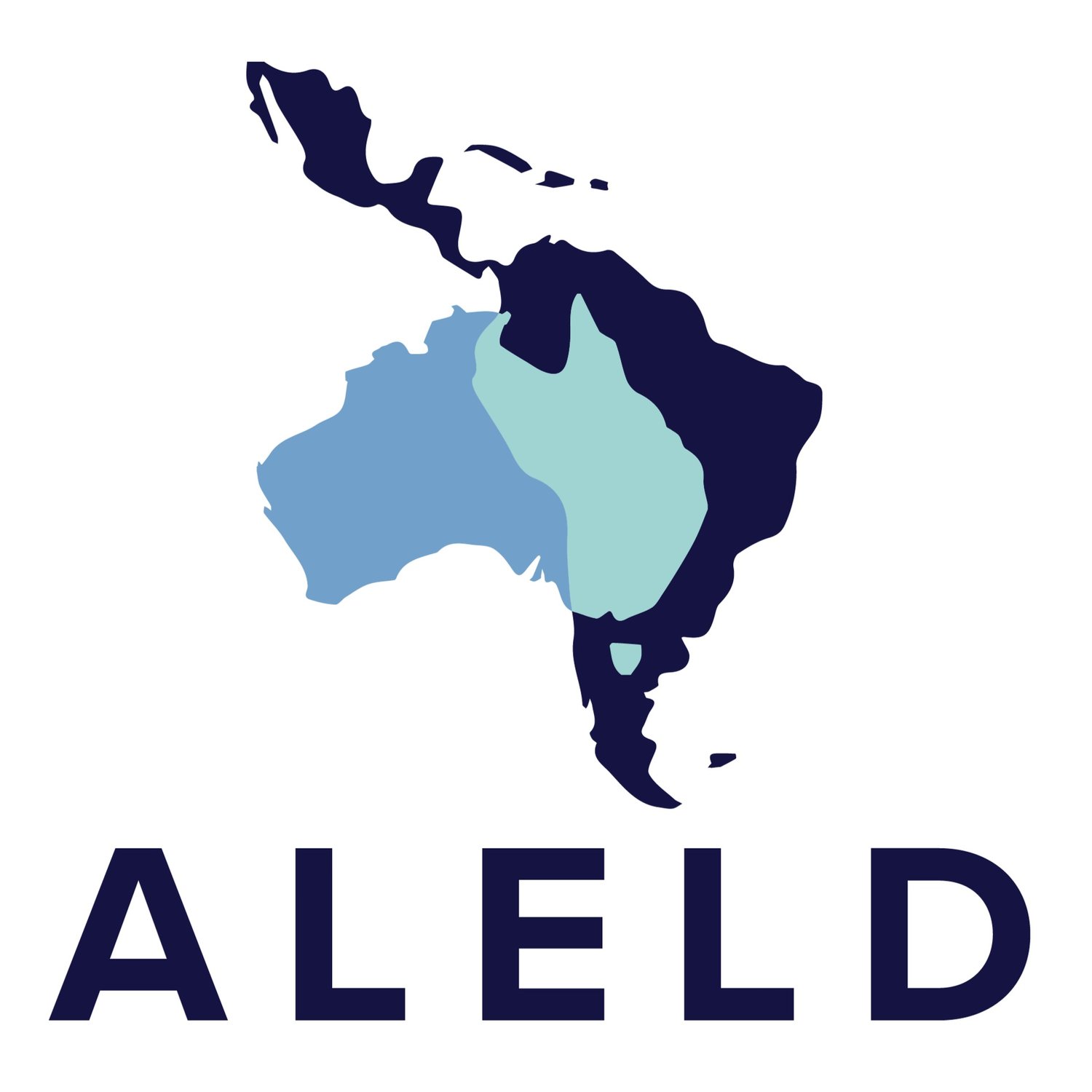Peru
Peru is situated in the western part of South America and shares borders with Ecuador, Colombia, Brazil, Bolivia and Chile. Peru’s territory covers more than 1.2 million km2, and it is composed of three natural regions: Coast, Highlands and Jungle, each one with its own characteristics. The weather, flora and fauna, and cultural identity, all make Peru a unique country.
Peru’s current population exceeds 31.5 million inhabitants.
Its official language is Spanish but there are 47 indigenous languages that are also spoken in the country, which includes Quechua and Aymara.
DID YOU KNOW?
For the past decade, Peru has boasted the fastest growing economy in Latin America. It has the world’s biggest reserves of silver, as well as Latin America’s largest reserves of gold, lead and zinc. Peru is also known for their exquisite marine resources and export-based agribusiness sector products, which includes asparagus, blueberries, table grapes, avocados, organic bananas and paprika.
Peru is home to 12 UNESCO World Heritage Sites and 84 of the planet’s 117 life zones. It is considered one of the world’s ten most biologically diverse countries, having more than 200 protected natural areas, 14 national parks, 15 national reserves, 9 national sanctuaries and 11 reserved zones. It is home to more than 1800 species of birds and to the 10% of all the reptile, mammal and fish species that exist on Earth.
PERU AND AUSTRALIA
Australia and Peru formally established diplomatic relations in 1963. Australia has an Embassy in Lima and Peru has an embassy in Canberra, as well as a Consulate in Sydney.
Australia and Peru are members of the Cairns Group, IMF, IMO, World Bank, World Trade Organization (WTO), APEC (which Peru hosted in 2008 and 2016) and the United Nations (UN).
Peruvian visitors to Australia (2019): 5,300
Australian visitors to Peru as a primary destination (2019): 20,900
Resident Australian population born in Peru (2019): 9,553
Australian residents of Peruvian descent (2019): 11,140
Peruvian students in Australia (2019): 1,406
Australia's commercial presence in Peru has increased significantly, with nearly 90 Australian companies now represented in Peru and over $5 billion invested!
PERU, BIRTHPLACE OF PISCO
Pisco is a grape distillate that is produced in different valleys around the Peruvian coast. Its consumption dates back to the colonial era, when the Spanish brought the vine.
The term "pisco" dates back to pre-Inca times, to the potters, called piskos, that were used in the territory of the current region of Ica, dedicated to the manufacturing of conical pots used to store and transport liquids. During the Colony, these were used to preserve the grape liquor.
Pisco is also a name of Quechua origin that comes from the word pishcu, which means "bird". The current area of Pisco, located 300 km south of Lima, has been characterized over time by its large population of birds. It is probable that in allusion to these and to the caste of potters, the city and the port that are were also named that way.
With Pisco, the most famous cocktail in Peru is Pisco Sour. The birth of this cocktail dates back to the 20s. According to historians, the Morris Bar, located in the center of Lima, announced Pisco Sour as one of its specialties. This is the oldest known historical evidence of this drink.
Here we have the recipe of this cocktail.
RECIPE FOR PISCO SOUR
INGREDIENTS
4 ounces of pure pisco Quebranta
1 ounce of freshly squeezed lemon juice.
1 ounce of rubber syrup.
1/4 ounce of egg white.
4 ice cubes
3 drops of Angostura bitters
METHOD
Put all the ingredients together and shake them in a cocktail shaker or blender. Then serve the mixture in a glass in three stages, to not get abundant foam. Decorate it with a few drops of Angostura bitters for the final touch.
Sources
https://www.peru.travel/en/about-peru/peru-s-star-products




